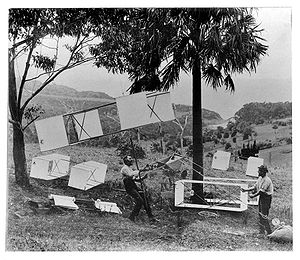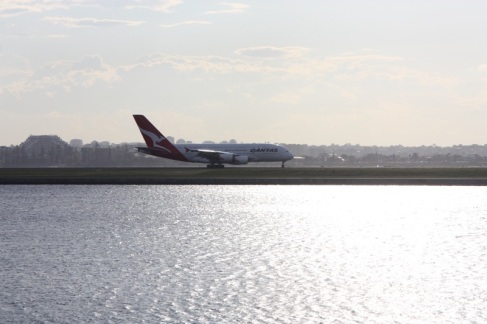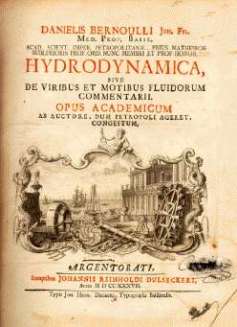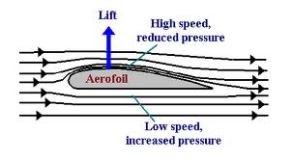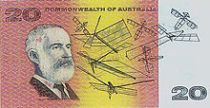 A mock up of the kite flyer hanging in the Power House Museum, Sydney
A mock up of the kite flyer hanging in the Power House Museum, Sydney
Being only a child of five years old and maybe even flying his own kites along the hills around his home, I can be pretty certain that my grandfather, Errol didn’t witness the event at Stanwell Park on 12th November, 1894 when the man known as the Crazy Kite flyer, Lawence Hargrave made the first ever real flight of a heavier- than-air machine in the world. To onlookers his machine seemed nothing more than a child’s oversize box kite but as he was lifted about five metres into the air by a string of these kites he proved his theory that a curved wing with box kite construction was the answer to mystery that had plagued scientists, engineers and inventors around the world until this time. For an aeroplane to fly safely there needs to be lift, stability, and control and until this day no one had managed to do it.
Lawrence Hargrave spent years of his life and his own money in the quest to achieve flight. He published widely and never patented his own ideas, believing that this was such an important journey in the history of mankind that only by sharing knowledge would the aim be achieved. And it was – less than 10 years later. The Wright brothers who have been credited with the first ever flight in a heavier-than-air-powered machine never acknowledged what they might have learned from Lawrence Hargrave’s experiments but their Wright Flyer like all early flying machines incorporated three crucial aeronautical concepts developed by Hargrave: the cellular box-kite wing (bi-plane) the curved wing surface, and the thick leading wing edge (aerofoil) because like Lawrence Hargrave himself said in 1893.
‘The feat of making a flying or soaring machine steady with one pair of curved wings is about as difficult as making a dead man stand on his feet.’
A visit to the Lawrence Hargrave memorial on the cliffs of Bald Hill above Stanwell Park and with views out to sea across the dramatic cliffs to Wollongong was a must on this Great Australian Aviation Pilgrimage.
We arrived at the lookout along with at least three tourist buses and 20 cars. With all those people around surprisingly no one was interested in the granite plinth standing at one end of the carpark. Except us.
There, Lawrence Hargrave stands moulded in brass and set into granite and at the right angle looks like the giant he should be thought of in the world of aviation.
As this was the place chosen for the memorial and it’s now a hang gliding airfield we naturally assumed that this was where it happened – where Lawrence Hargrave lifted off the ground for the first time. It was a splendid place and it should have been the right place. But… it wasn’t it. After comparing the outlook of the memorial to the photo of the day of the flight it was obvious it couldn’t have happened on this cliff. He’d been much further back from the sea and not as high up. We decided to do a bit of detective work and find out where it was more likely to have taken place. We drove down the hill into the valley where there is now a small village.
Lawrence Hargrave had lived here in a house called Hillcrest that he’d inherited from his brother, Ralph in 1893. We tried asking at a coffee shop first but they’d hardly heard of Lawrence Hargrave and they sent us off on a wild goose chase. When that trail quickly went cold we asked another local who had a lot more idea. He sent us over a bridge and up onto another crest where we found the house Lawrence Hargrave had actually lived in.
No one lives in it now but it’s been renovated and is used for small conferences. There was nobody around except a man and his dog and he confirmed it was the house we were looking for and said no one would bother even if we went up onto the verandah. From the verandah we found a similar view in line and height to the one in the real photo. It had to be somewhere close by – probably in front of the house. We later discovered in an excellent book by Michael Adams, once a local of Stanwell Park that Lawrence Hargrave had lifted up from the beach and the photo we had was taken a day later from in front of the house. As we stood and looking out at the view trying to transport ourselves back in time and then into our view floated a hang glider. It swung around above the ocean and then drifted on. Was it the spirit of Lawrence Hargrave telling us we were viewing the exact bit of beach where he had first lifted up into the air and achieved what no one had before him – flight in a heavier-than-air machine?
In a fascinating interview done about 15 years after his first flight when Lawrence Hargrave had moved from Hillcrest to Woolhara he’s asked if he expects aeroplanes will ever be used like ferries and trams and carry lots of people. He says he doubts it because he says they would have to be made so much larger than they are now. He was also asked whether he thinks an aeroplane would be used in warfare for dropping bombs and carrying despatches. He’s emphatic in his reply. ‘No, I don’t.’. He goes on to say that nowadays everyone lives with such fear of their neighbours and that he believes the aeroplane will give people a chance to travel and get to know each other and remove prejudices and so be a medium for Universal Peace. Sadly he was proved wrong in his own lifetime as it was less than 15 years into the future from that interview when World War One began and aeroplanes were used not just as aerial observation posts and for occasionally lobbing a bomb from above but as unmerciful hunters shooting at each other in the sky.




